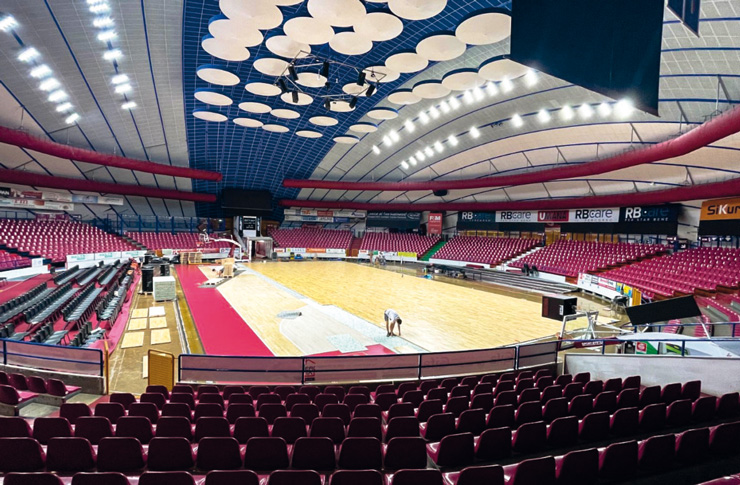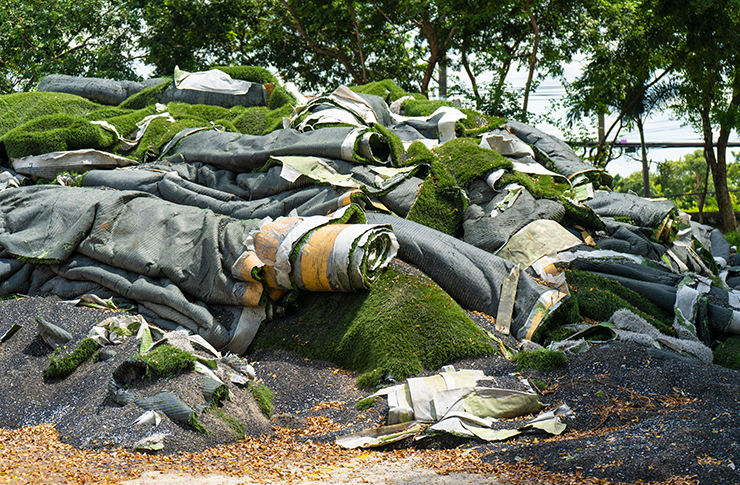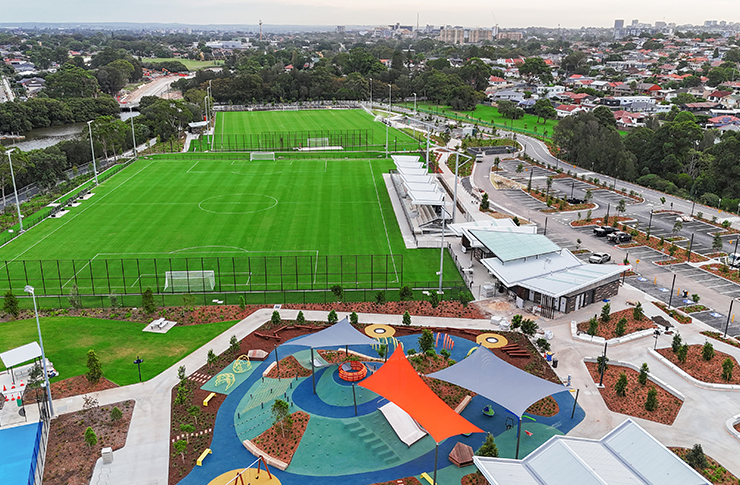Sustainable Designing Special Report – 4. A commentary on the Biennale Architettura (The Laboratory of the Future) and Fondazione Prada (Everybody talks about the weather) exhibitions, both open until Nov. 26.
Venice 2023: from architecture to art, climate in evidence
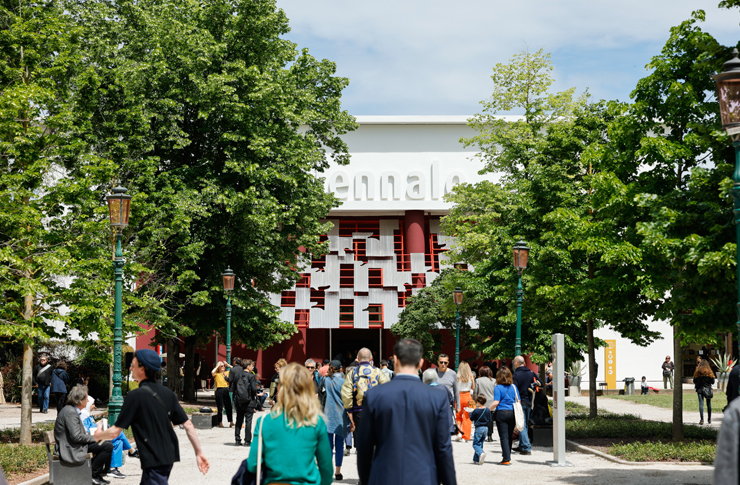
(photo by Jacopo Salvi)
The 18th Architecture Biennale, until 26 November, (general title ‘The laboratory of the Future‘), proposes themes of wide impact, first of which is ‘sustainability’: so much so that the Biennale itself is at the forefront, through its exhibition design and all related activities, in the fight against climate change and the reduction of the ecological footprint.
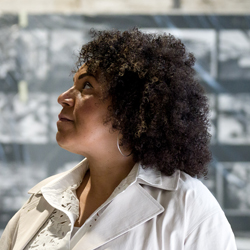
This is how one would like of the participants in the various sections and subsections that can be visited between Giardini and Arsenale. In particular, the curator, Lesley Lokko (left image, ph. Andrea AvezzĂą), wanted to broaden the gaze outside “Western culture” by giving ample space to the instances and narratives of what we once called the “third world.”
Of course, this is no longer the Biennale of the past where one could see juxtaposed – perhaps utopian, but well readable – proposals for architecture and urban planning: today it speaks in allusions and the visitor often believes that he has stumbled into the Biennale Arte.
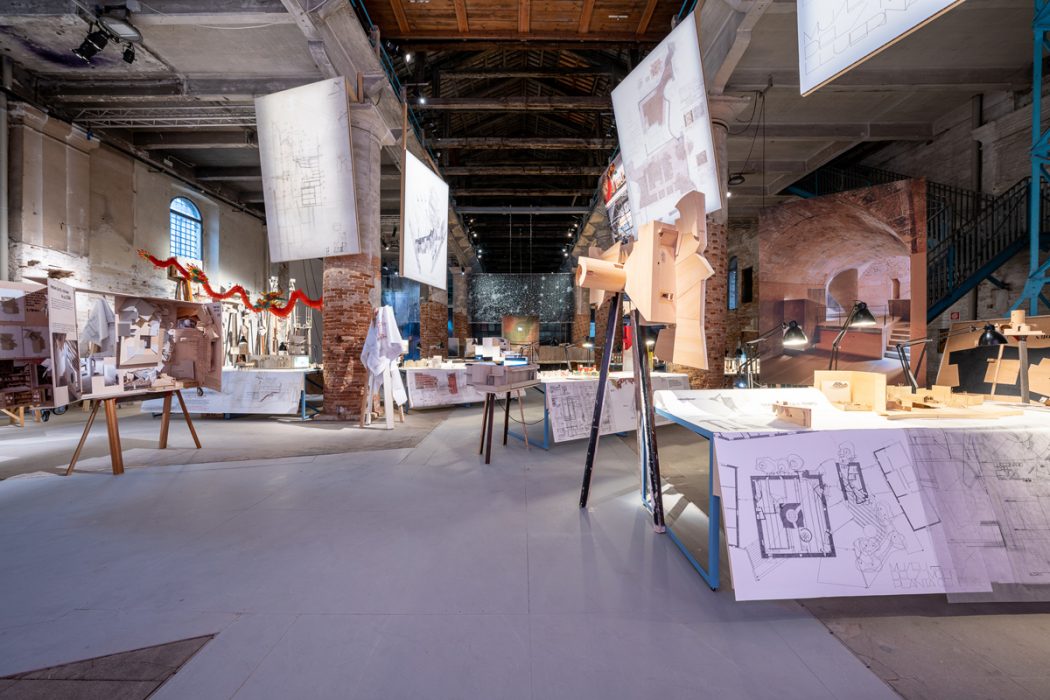
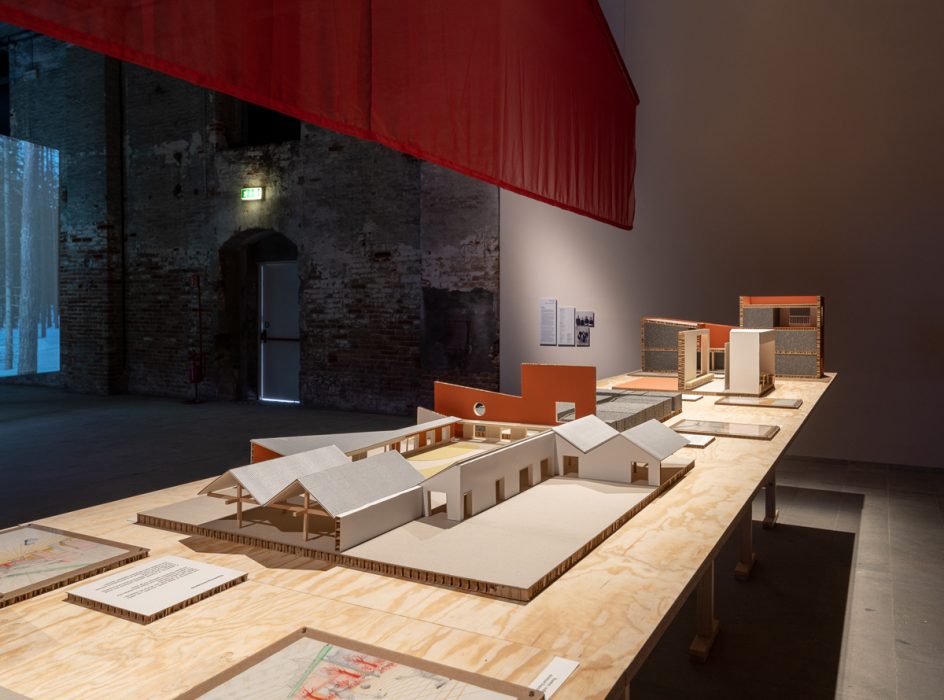
Left, Flores & Prats Architects: “Emotional Heritage”; right, BDR bureau and carton123 architecten: “Broader Boundaries”. Both, ph. Andrea Avezzù / Courtesy La Biennale di Venezia.
If we are looking for some reference to the use of spaces for sport and leisure, our theme of choice, we have to make do with allusions and provocations, such as those of Orizzontale with “Sexy Assemblage” or the Mexican pavilion (“Utopian Infrastructure: The Campesino Basketball Court”).
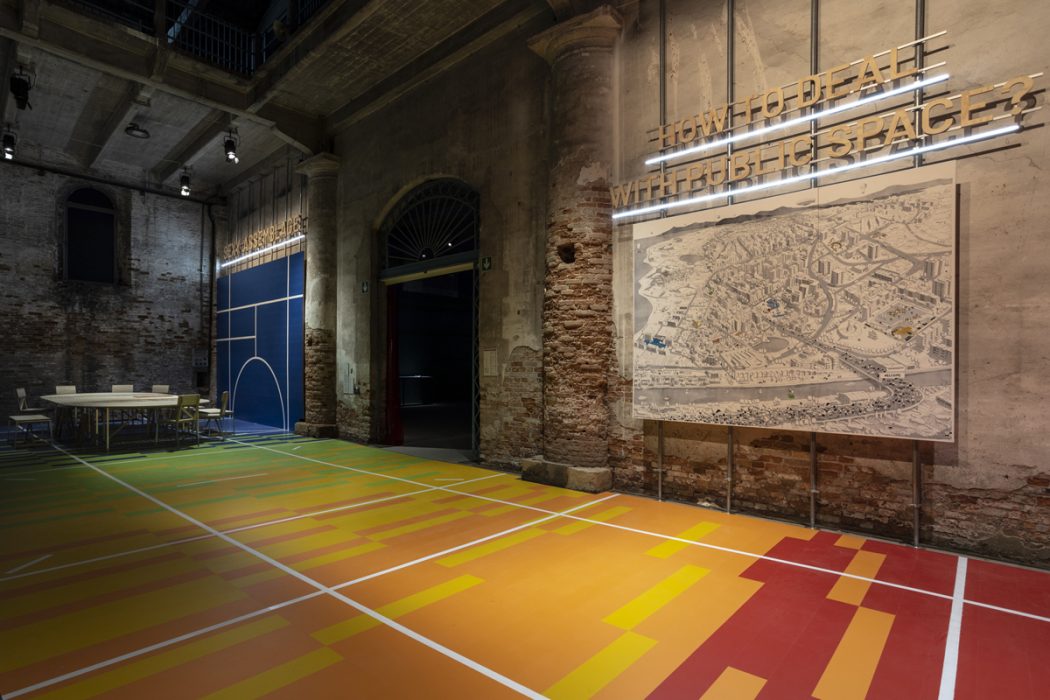
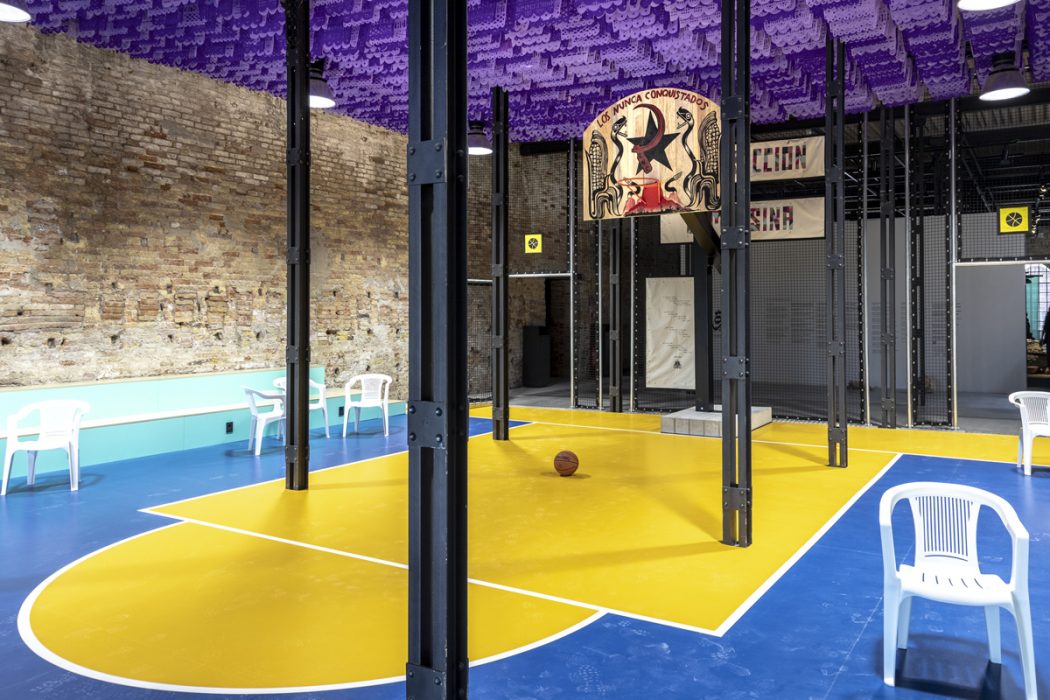
Left, Orizzontale: “Sexy Assemblage — The Danger and Seduction in Juxtaposing Differences that May Clash”; right, Pavilion of MEXICO: “Infraestructura utópica: la cancha de básquetbol campesina / Utopian Infrastructure: The Campesino Basketball Court”. Both, ph. Marco Zorzanello / Courtesy La Biennale di Venezia.
Sustainability and climate change can be touched a little more closely in installations such as Argentina’s (on the theme of water), Germany’s (which simply collects the material leftovers of many previous exhibitions), Bahrain’s, Holland’s (on the rising sea level); or in Liam Young’s exciting video “The Greater Endeavor”, which simulates a gigantic machine for reducing the concentration of CO2 in the atmosphere.
If the theme of the climate crisis is to be sought at the Biennale in the subtexts, the exhibition that the Fondazione Prada proposes, deliberately on the same dates, inside the Ca’Corner della Regina building, responds in a direct and exemplary manner: “Everybody talks about the weather“, curated by Dieter Roelstraete with the scientific collaboration of the New Centre for Environmental Humanities and Ca’ Foscari University.
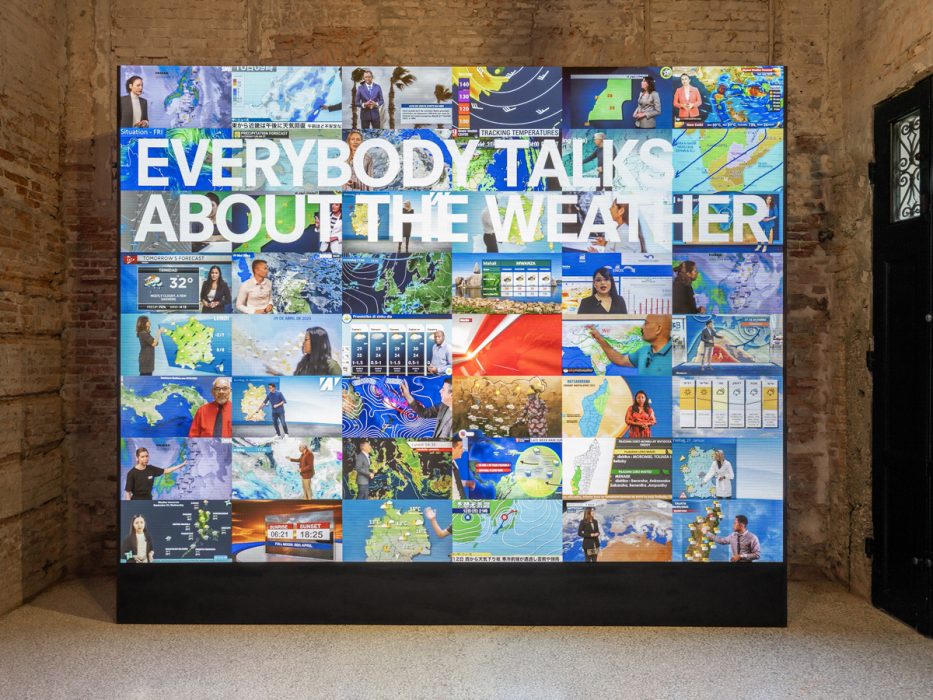
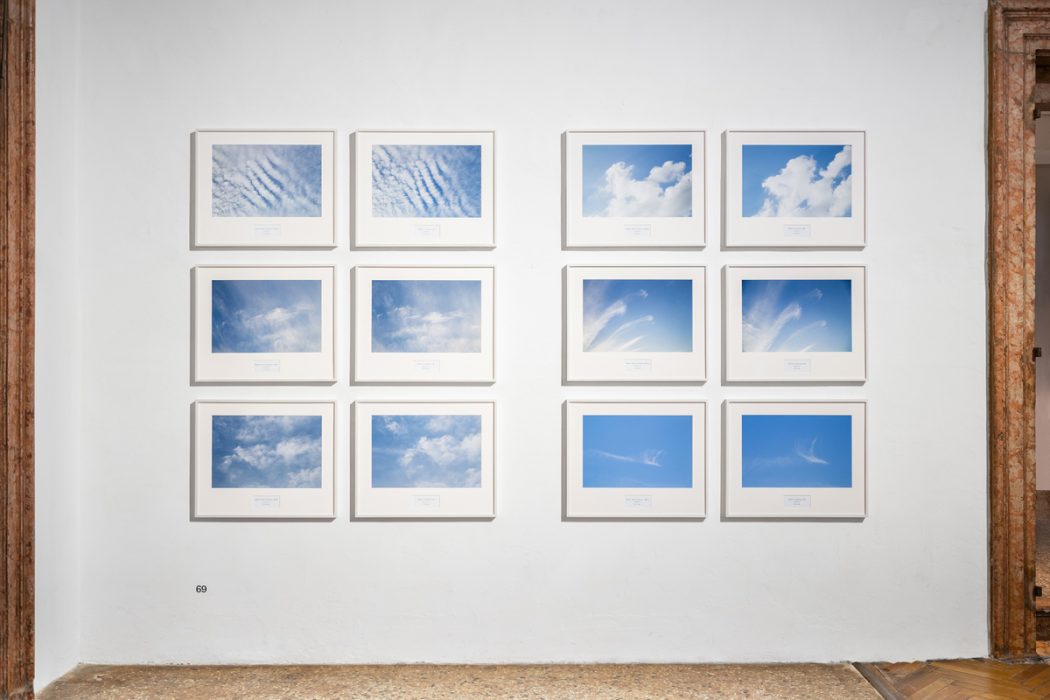
Two views of the exhibition “Everybody Talks About the Weather”, Fondazione Prada, Venezia (ph. Marco Cappelletti / Courtesy: Fondazione Prada. In the right photo, Chantal Peñalosa (1987), “Untitled, 2018” / Courtesy Galeria Proyectos Monclova & Chantal Peñalosa.
A tale that marvellously blends the rigour of scientific research with the abstraction of visual art, linking selected paintings with the environmental and climatic conditions of the time in which they were made, and at the same time showing with graphs and technical explanations the evolution of the climate and the changes of yesterday, today and probably tomorrow.
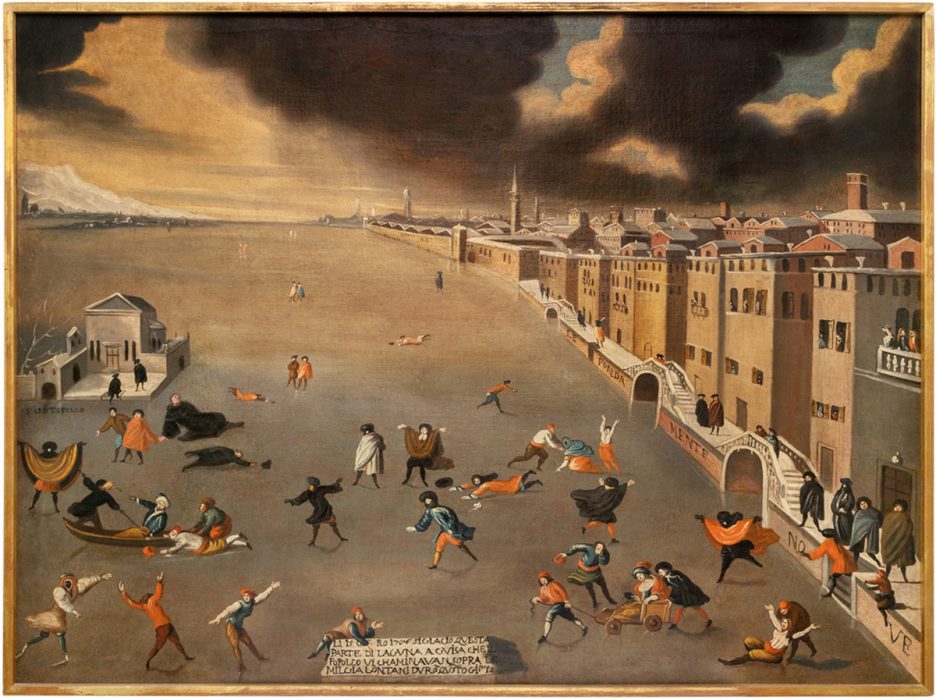
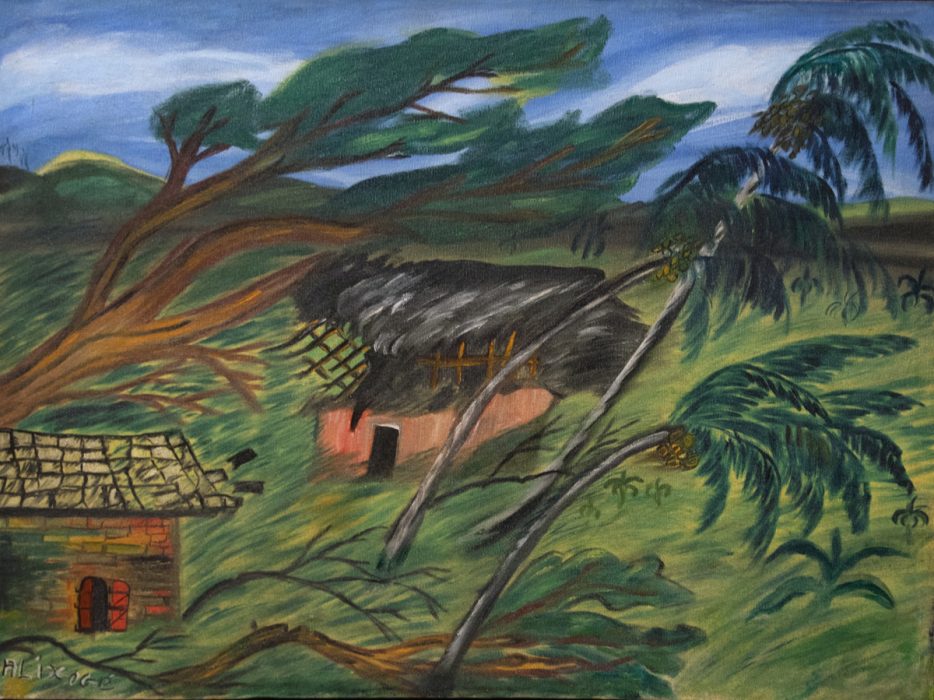
Left, Anonimo veneto: “La laguna ghiacciata alle Fondamenta Nuove 1708, ca. 1709” (ph. Marco Cappelletti e Filippo Rossi) / Courtesy Fondazione Querini Stampalia, Venezia; right, Alix Oge: “Storm, 1969” (ph. Glenn Stokes) / Courtesy Stokes Haitian Art.
The Fondazione Prada’s proposal must absolutely be seen in parallel with that of the Biennale in order to have a complete perception of the theme – sustainability and climate urgency – and subsequently go in search of the solutions that – neither here nor there – are yet given.
The other topics of the Sustainable Designing Special Report:
- 1 – The limits to growth and the sustainable designing
- 2 – Minimum Environmental Criteria for Designers
- 3 – The climate crisis: mitigation and adaptation
- 5 – Sustainability in the new FIFA Guidelines
- 6 – The sustainability of sports facilities.
- 7 – Large North American sports facilities
- 8 – Aarhus + Forest Green Rovers: a vision of environmentally sustainable stadiums
- 9 – Parma: complementary spaces for the Anna Frank School.





